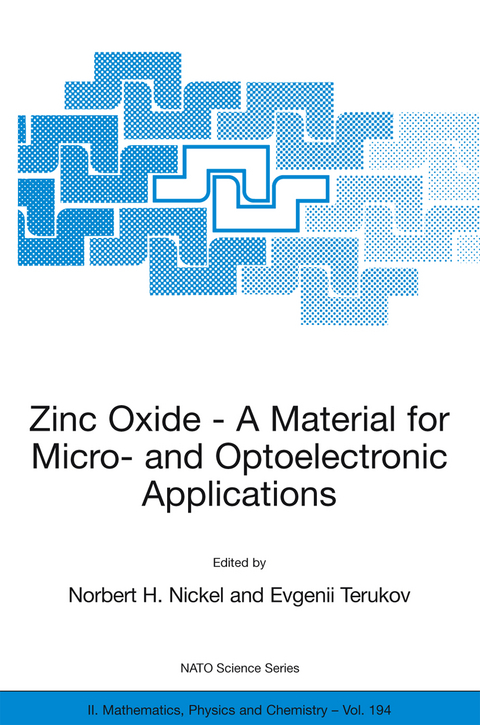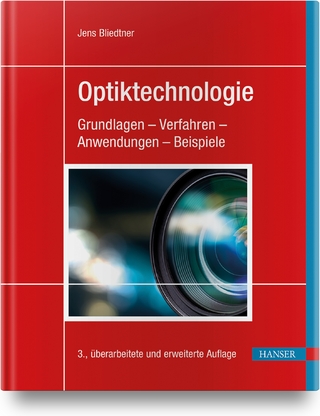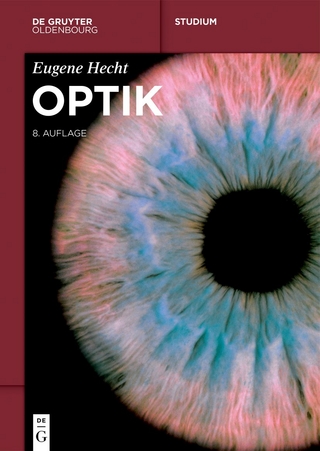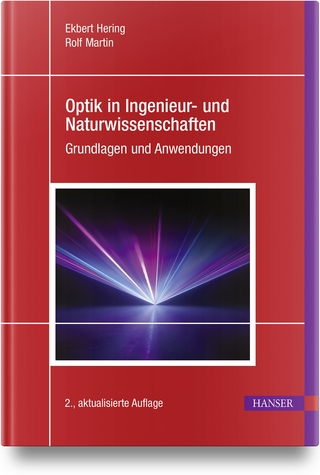
Zinc Oxide - A Material for Micro- and Optoelectronic Applications
Springer-Verlag New York Inc.
978-1-4020-3474-9 (ISBN)
ZnO Bulk and Layer Growth.- The Scope of Zinc Oxide Bulk Growth.- Growth Mechanism of ZnO Layers.- Kinetics of High-Temperature Defect Formation in ZnO in the Stream of Oxygen Radicals.- Electrical, Optical, and Structural Properties.- Electrical Properties of ZnO.- Electrical Properties of ZnO Thin Films and Single Crystals.- Structure, Morphology, and Photoluminescence of ZnO Films.- Optics and Spectroscopy of Point Defects in ZnO.- Whispering Gallery Modes in Hexagonal Zinc Oxide Micro- and Nanocrystals.- Properties of Dislocations in Epitaxial ZnO Layers Analyzed by Transmission Electron Microscopy.- Role of Hydrogen.- Muon Spin Rotation Measurements on Zinc Oxide.- Hydrogen Donors in Zinc Oxide.- Hydrogen-Related Defects in ZnO Studied by IR Absorption Spectroscopy.- Influence of the Hydrogen Concentration on H Bonding in Zinc Oxide.- Fundamental Properties.- Valence Band Ordering and Magneto-Optical Properties of Free and Bound Excitons in ZnO.- Fundamental Optical Spectra and Electronic Structure of ZnO Crystals.- Photo-Induced Localized Lattice Vibrations in ZnO Doped with 3d Transition Metal Impurities.- Device Applications.- ZnO Window Layers for Solar Cells.- ZnO/AlGaN Ultraviolet Light Emitting Diodes.- ZnO Transparent Thin-Film Transistor Device Physics.- Zinc Oxide Thin-Film Transistors.
| Reihe/Serie | NATO Science Series II: Mathematics, Physics and Chemistry ; 194 |
|---|---|
| Zusatzinfo | XVI, 240 p. |
| Verlagsort | New York, NY |
| Sprache | englisch |
| Maße | 155 x 235 mm |
| Themenwelt | Naturwissenschaften ► Physik / Astronomie ► Optik |
| Technik ► Elektrotechnik / Energietechnik | |
| Technik ► Maschinenbau | |
| ISBN-10 | 1-4020-3474-1 / 1402034741 |
| ISBN-13 | 978-1-4020-3474-9 / 9781402034749 |
| Zustand | Neuware |
| Informationen gemäß Produktsicherheitsverordnung (GPSR) | |
| Haben Sie eine Frage zum Produkt? |
aus dem Bereich


